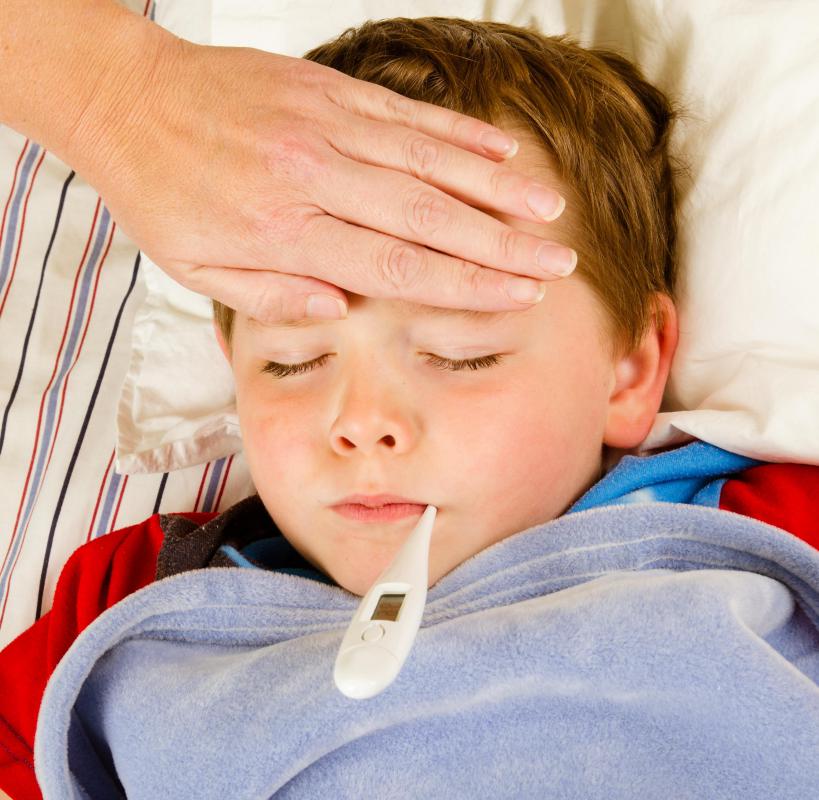At TheHealthBoard, we're committed to delivering accurate, trustworthy information. Our expert-authored content is rigorously fact-checked and sourced from credible authorities. Discover how we uphold the highest standards in providing you with reliable knowledge.
What is a Febrile Convulsion?
A febrile convulsion is an atypical disruption in a child’s electrical brain activity caused by a fever. In most cases, this type of convulsion may accompany an infection or follow the administration of certain vaccinations. While most febrile convulsions will subside without any treatment, those that are more severe in presentation and duration may necessitate medical attention.
Witnessing a seizure can be a very frightening event, especially for parents. It is important to understand that a febrile convulsion is merely the body's way of drawing attention to a condition that might otherwise go unnoticed. An excessively high fever is a very serious condition that can cause long-term, debilitating effects if left untreated. Often occurring at a threshold around 102 degrees F (39 degrees C), a febrile convulsion should be considered an indicator that a child, who may not appear or act as though he or she feels bad, is indeed ill.

Also referred to as a febrile seizure, children who experience this type of convulsion will generally undergo a physical examination following the episode to determine the cause. A physical examination and laboratory tests, including a urinalysis and blood draw, may be conducted to check for markers indicative of the presence of infection or other abnormalities that could have induced the convulsion. In the presence of suspected neurological infection, additional testing may be ordered to confirm the diagnosis and determine the severity of infection.

A febrile convulsion can vary depending on its severity and duration. Children in the midst of this type of seizure may demonstrate difficulty breathing and exhibit involuntary muscle movements or jerking. It is also not uncommon for an individual’s eyes to roll back into his or her head. Seizures that last several minutes and are accompanied by rigidity, vomiting or a loss of consciousness are a serious medical situation that requires immediate, appropriate medical attention.

In most cases, a febrile convulsion will pass on its own without leaving any lingering effects. Due to the rapidity with which the convulsion occurs and passes, treatment is generally not necessary other than making the individual as comfortable as the situation allows. During the seizure, the child should remain where he or she is and only turned on his or her side if there is a risk of choking due to an accumulation of mucus or saliva in the mouth. A damp or cool washcloth may be applied to his or her forehead to aid with bringing down his or her body temperature. The oral administration of any fever-reducing medications should be reserved for once the convulsion has passed.
A febrile convulsion does not indicate epilepsy, nor does the condition normally induce learning disabilities or permanent neurological damage. A small percentage of children will experience a febrile convulsion at some point during their early childhood. In most cases, this will happen when a child has an active infection that causes a fever, such as an ear infection. Though any child may have a febrile convulsion, it is more likely to occur if he or she has a familial history of seizures.
AS FEATURED ON:
AS FEATURED ON:













Discuss this Article
Post your comments